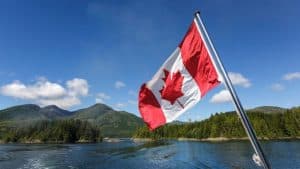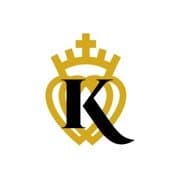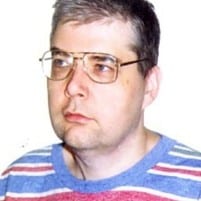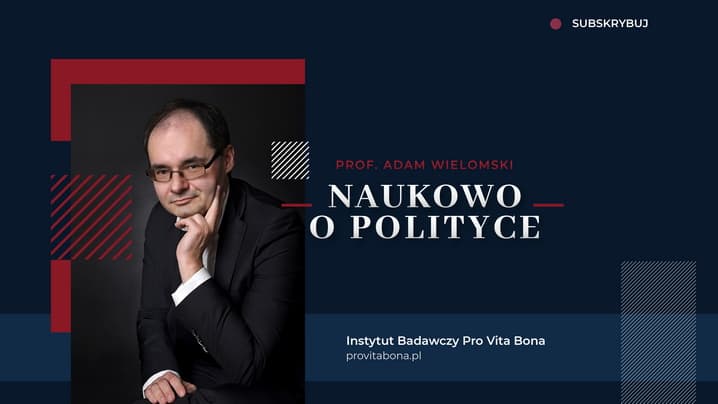“Third parties” in Canada – updated to 2022 (Part Three)
Western Canada has also been an area where many third parties have arisen.
The Green Party, which has contested more recent federal elections, finally elected its first MP in the 2011 election. The leader of the federal Green Party, Elizabeth May, won the British Columbia riding she was running in. She also won again in the 2015 election. The federal Green Party had won about 4 percent of the vote in successive elections. However, under the “first-past-the-post” system in Canada, it is rather difficult for smaller parties whose support is widely scattered, to win any parliamentary seats. In the 2019 federal election, the Green Party won three seats, with about 6.5 percent of the country-wide popular vote. In the 2021 federal election, with its leadership in turmoil, the Green Party won two seats, with about 2 percent of the popular vote.

In the 2017 election in B.C., the Green Party won 3 seats – and their backing of the NDP had resulted in an NDP government in British Columbia. However, in the 2020 election in B.C., the NDP won a majority, so the 3 seats won by the Green Party are far less important. In the 2018 provincial election in Ontario, the leader of the Ontario Green Party was elected MPP. In the 2022 provincial election, the Ontario Green Party leader was re-elected.
The Canadian federal system — which consists of provinces that are fewer in number, typically territorially larger, and more regionally and culturally delineated between each other than most U.S. states – is clearly one factor that has encouraged the arising of “third parties”. There are also the northern territories in Canada – which are symbolically quite important to Canadian identity – but have very small populations relative to the rest of the country. There is a Yukon Party in the Yukon. That party was formerly called the Yukon Progressive Conservative Party.
Both the Co-operative Commonwealth Federation (CCF) and Reform Party arose in Western Canada. Preston Manning insisted that the Reform Party exist only at the federal level in order to focus strictly on winning the federal government, and not to be diverted into battles in the particular provinces.
On November 7, 2007, the Saskatchewan Party (a coalition mostly of former provincial Progressive Conservatives, and former provincial Liberals) won a decisive victory over the provincial New Democratic Party – which had held the provincial government in Saskatchewan since 1991. On October 26, 2020, the Saskatchewan Party won a majority government – and its fourth straight term.
In Alberta, the Progressive Conservatives were challenged in the 2012 provincial election by the distinctly more conservative Wildrose Alliance – a party which existed only in Alberta. Although it was widely predicted that they would win the 2012 election, the Wildrose Alliance fizzled in the end. Albertans seemed to have been scared to vote for a party that was seen as “extremely” conservative. Indeed, Alison Redford, the P.C. winner, was called by some pundits as “Alberta’s first NDP Premier”. Ironically, in the May 5, 2015, provincial election, the NDP won a strong majority, with the Wildrose Alliance in second place (with 21 seats), and the P.C.s reduced to only 10 seats. The P.C. leader, Jim Prentice, was seen as arrogant – although he did manage to attract most of the previously sitting Wildrose Alliance parliamentary members to the P.C. Party, before the election. It was widely expected that the Wildrose Alliance would simply fold, but they in fact rallied to win more seats than the P.C.s, who fell to the NDP juggernaut. The NDP victory was tied to the worsening economic situation in Alberta (which has now worsened still further, because of the dropping price of oil in world-markets).

In 2017, the Wildrose Alliance and the Progressive Conservatives were able to merge, as the United Conservative Party (UCP). Jason Kenney, who had been a prominent federal Conservative, won the leadership of the new party.
In 2019, the UCP won a strong majority under the leadership of Jason Kenney. However, the UCP is now being challenged by the Wildrose Independence Party of Alberta (WIPA) (a merger of the Freedom Conservative Party and Wexit Alberta). The UCP has also been consumed by internal conflicts over the now-unpopular leadership of Jason Kenney. On May 18, 2022, Jason Kenney resigned from the leadership of the UCP (and the Premiership of Alberta), after receiving insufficient support in a leadership review vote of the UCP. (He got barely over 50% support, which was technically enough, but clearly insufficient for a strong leadership.)
The Wexit Party Saskatchewan was renamed as the Buffalo Party. (“Buffalo” was the name of a proposed larger province that would have encompassed Alberta and Saskatchewan, before it was decided to form the two smaller provinces.)
The federal Wexit Party – which will run candidates throughout the four Western provinces — was renamed as the Maverick Party, around September 2020. However, the Maverick Party won only two-tenths of a percent of the popular vote, in the 2021 federal election.
There is also a Manitoba Party in Manitoba.
Speaking of Alberta, one should mention the small “Western separatist” parties of the 1970s and 1980s, as well as the anti-official-bilingualism Confederation of Regions party, which also had a sporadic existence in Manitoba, New Brunswick, and Ontario. Its height of achievement was being the Official Opposition in New Brunswick in 1991-1995 – before it disintegrated as a result of factional conflicts that often seem to plague such small, protest parties. There was also a small, libertarian-oriented, Freedom Party of Ontario (which continues to exist today).
In 1992, Mel Hurtig, known mainly as the publisher of The Canadian Encyclopedia, tried to form a party called the National Party. Of course, the name was mostly a reference to left-wing, progressive Canadian nationalism, rather than something more right-wing. The somewhat quixotic Paul Hellyer, who in his political life had been both a prominent Liberal and Progressive Conservative, had eventually established a small party of his own, called the Canadian Action Party.
In the Canadian Parliamentary system, there have by tradition been no set election dates – an election can take place at any point within five years from the previous election, at the discretion of the Prime Minister or Premier. (The leader of the party which holds the majority of seats in the federal or provincial parliament.) In more recent years, there have been experiments with legislating a defined date for the upcoming election shortly after winning office. This is in response to criticisms that the ability of the Prime Minister or Premier to call an election at a most politically propitious time, confers too much of an electoral advantage to his or her party.
When there is a minority government (when the ruling party holds less than a majority of seats in the legislature) an election can take place any time a more important bill (termed “a matter of confidence”) is voted down by the opposition parties combining against it. Sometimes, the opposition parties may try to form a coalition government without an election being called. In late 2008, there was an attempt to form an anti-Conservative coalition in the federal Parliament (consisting of the Liberals, NDP, and Bloc Quebecois). However, Stephen Harper’s skillful political maneuvering (and the fact that the coalition idea was extremely unpopular among most Canadians) meant that the putative coalition never took power.
To be continued.
Mark Wegierski is a Canadian writer and historical researcher.



